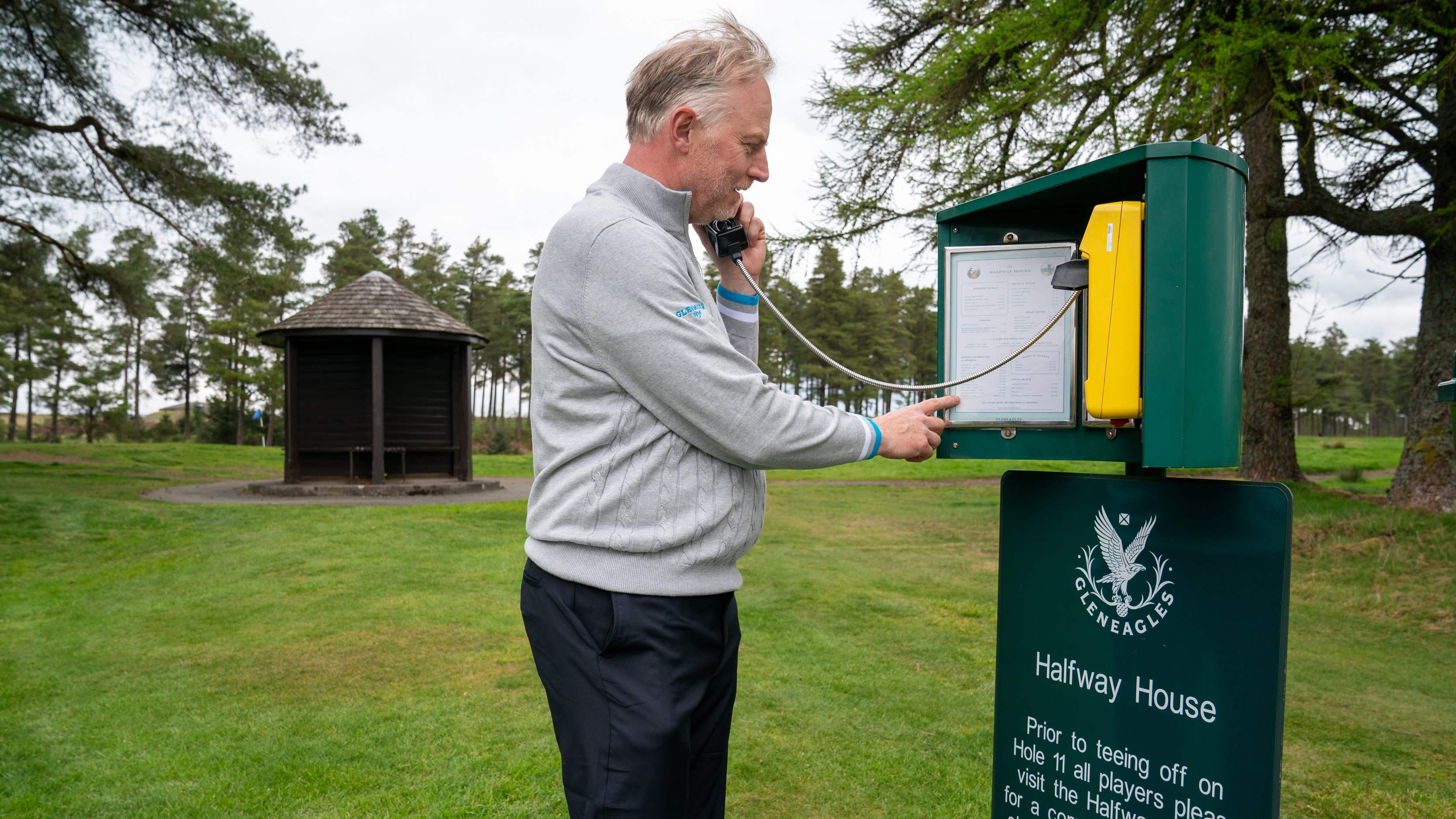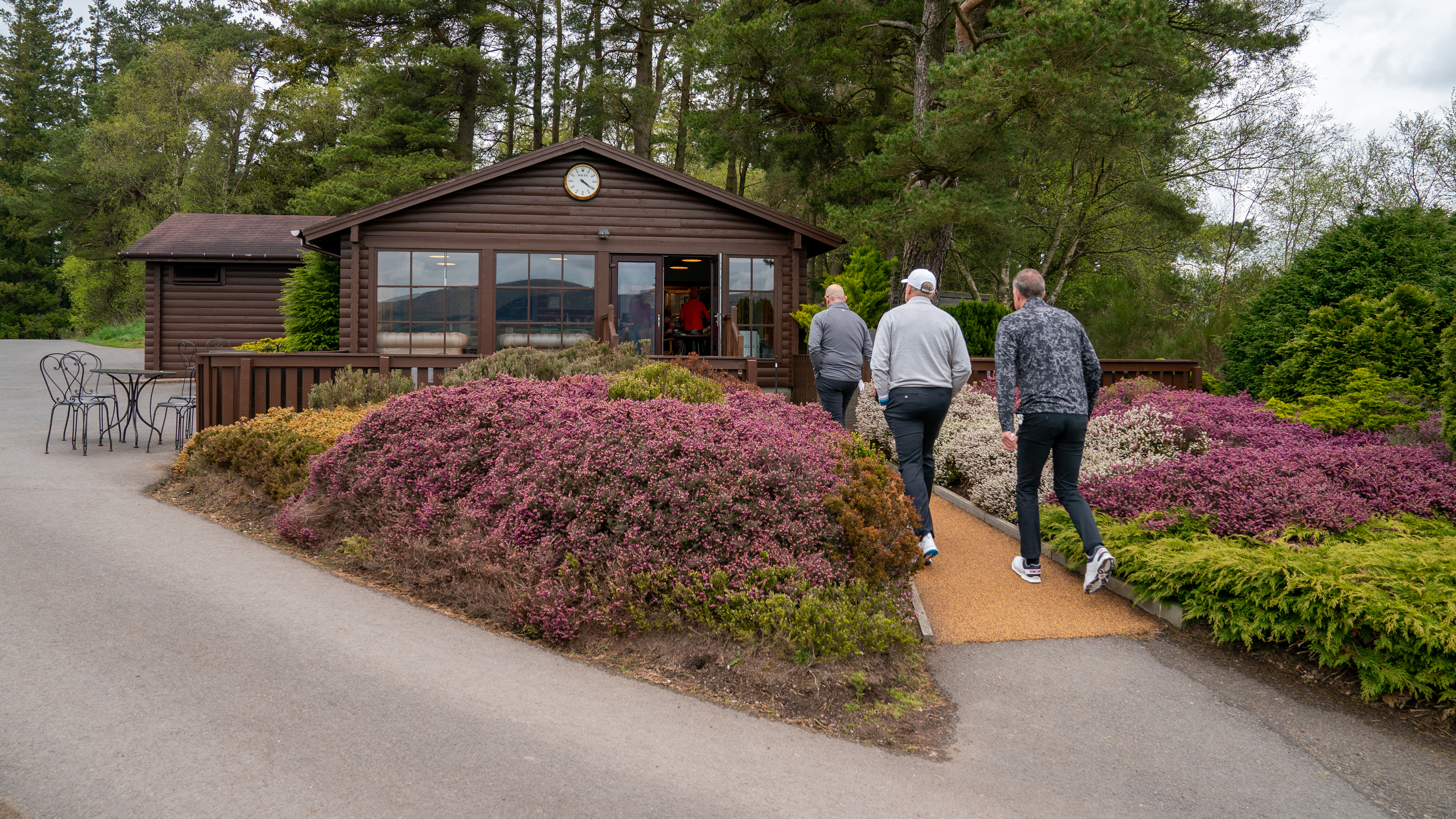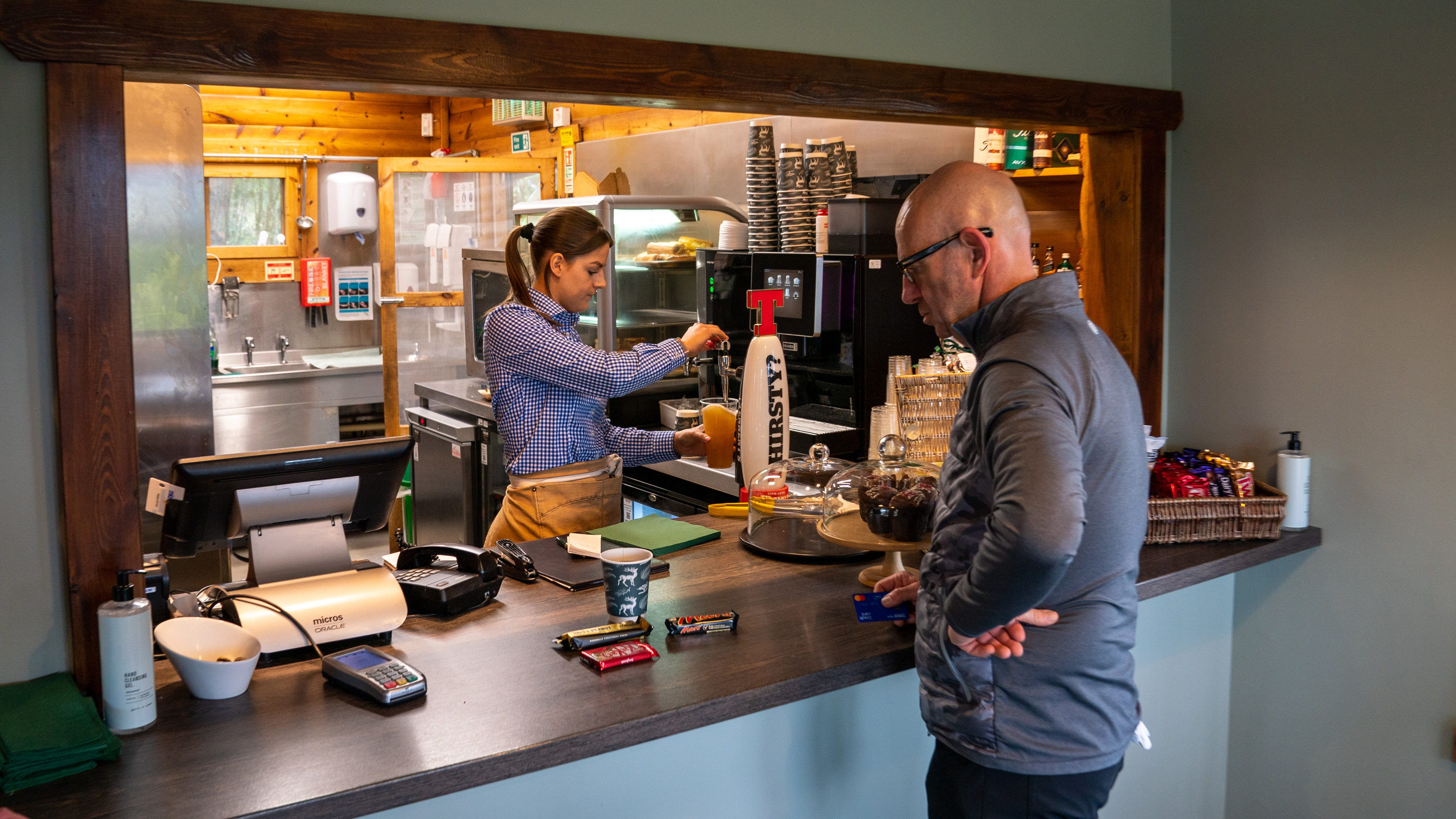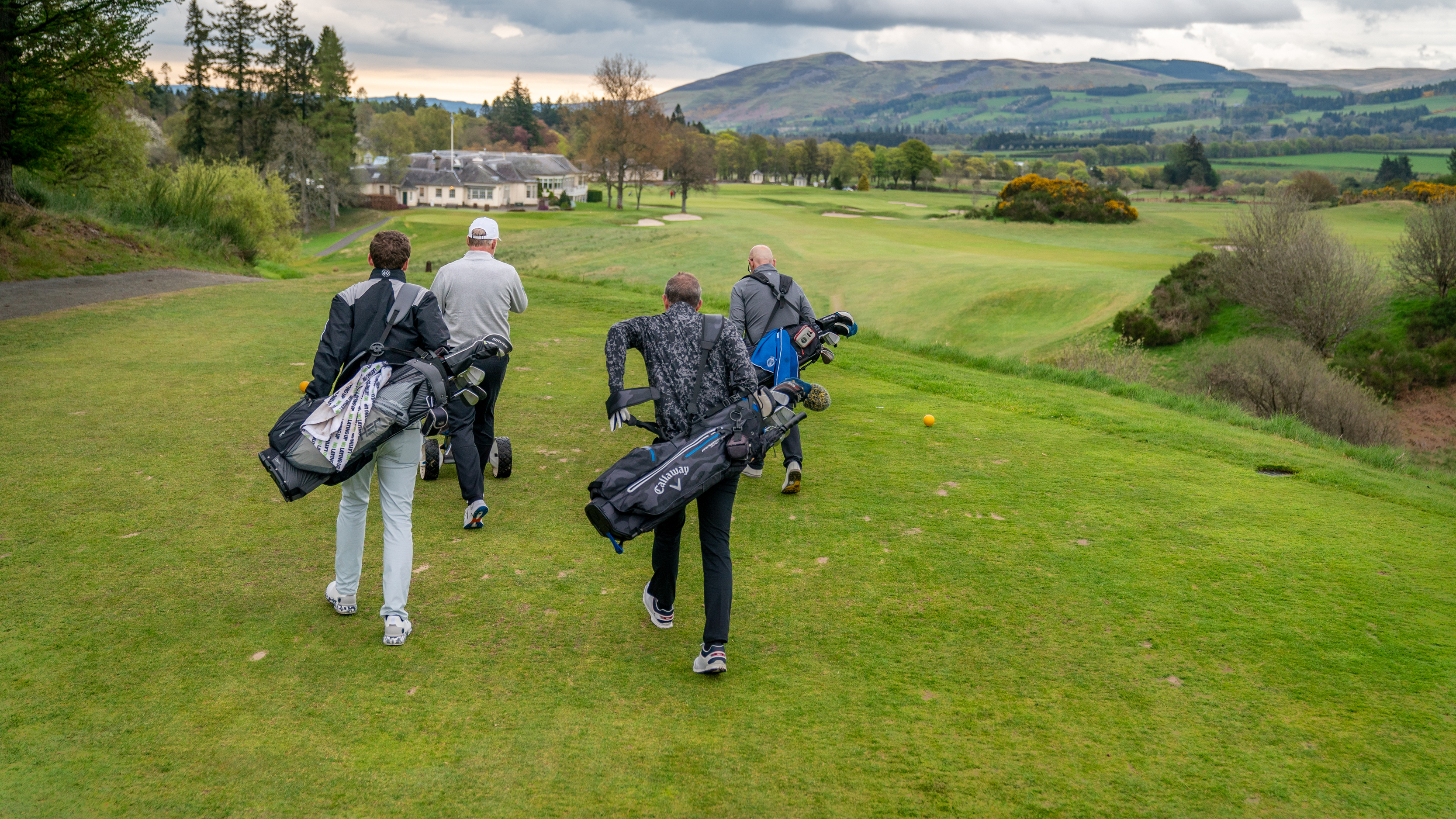The Best And Worst Things To Eat At The Halfway Hut
We discuss the best and worst things to eat and drink at the halfway hut to help you get the most out of your game

There is a lot of information on what you should eat during a round of golf but not so much when it comes to the halfway hut. Whether you've had a gruelling front nine or breezed through largely unscathed, what you do here will make a difference to your performance coming in.
The modern game is highly professional, meaning the world's best consume certain food types throughout a round in order to support fuelling, energy levels and hydration. Remember that during a round you can cover up to 10km and when you add in however many driver swings you make, it becomes very physically exerting, especially if you're carrying your clubs.
There is a reason why the best golf bags have so many pockets on them, of course they need to house the absolute essentials, but most are also designed to keep fluids cold and snacks dry. So, what should you be putting into the bag to give yourself the best chance of getting to the end with energy to spare?

If it was me, the first thing I would be buying from the halfway hut is an ice-cold flavoured drink. Water is obviously fine, but so too is the carbohydrate sports drink and/or a flavoured milk. The reason I say fluid first is to help keep us hydrated and ready.
Previous research has shown how mild dehydration can impair distance, accuracy and distance judgement during golf performance. Mild dehydration was defined as a 1-2% change in body mass due to sweating. So, the next time you’re playing in the summer sun and you start sweating, think about your fluid loss and relationship to accuracy of shots played – time to stay hydrated.
Milk is a fantastic drink to consume to help with hydration and it is common knowledge with sports nutritionists how milk can actually be a very effective during exercise and post-exercise rehydration drink.

The next thing I would opt for would be a carbohydrate-based snack, ideally a granola bar, banana or chicken wrap. Keep it sensible and easy but look at this carbohydrate option as your fuel to put in your tank to keep you going for the back nine.
Subscribe to the Golf Monthly newsletter to stay up to date with all the latest tour news, equipment news, reviews, head-to-heads and buyer’s guides from our team of experienced experts.
Again, there is a plethora of evidence showing how carbohydrates can help raise blood glucose and muscle glycogen concentrations, two important considerations for when you are walking the hill to the 18th tee.
One of the things tour players do that you don't is consume carbohydrates during the round. If you have ever felt flat or low on energy entering the back nine then this is why and the research backs it up. In particular, blood glucose levels have been shown to decrease and following completion of an 18-hole course, mean blood glucose levels fell on average by 20%, 10% and 30% in young (27 ± 5 years), middle-aged (50 ± 7 years) and older men (75 ± 4 years), respectively.
The final thing I would go for at the halfway hut would be an intake of caffeine. Now this can be a cup of tea or a coffee (obviously a coffee would have more caffeine in it). If you are not a fan of either, then maybe it’s time to purchase some caffeine gum or carbohydrate/caffeine gel for the bag.

The reason it’s important to consider caffeine is because, like with any elite performance, we want to finish strong, arguably stronger than we started. In a randomised controlled study, with experienced golfers, the consumption of an isotonic carbohydrate sports drink containing caffeine prior to and during a round of golf improved putting performance and increased feelings of alertness.
Similarly, a moderate dose (one to two coffees) consumed before and during a round of golf improves golf specific measures (i.e., total score, greens in regulation and driving distance). In particular during this study, those golfers who consumed caffeine hit nine greens in regulation versus seven for those who consumed a placebo. I know I would take an extra two GIRs every time.
Halfway hut options I would be staying well away from are the foods high in saturated fats and sugary fluids. Think about the sausage roll that has been sitting on the warm shelf all day with a meat content likely to be lower than 50-60%, or the classic bag of crisps which are not really providing you with any performance benefits.
Another reason I don’t like the pastries and crisps is because they can become messy, they normally fall apart, and then you see players finishing them before frantically trying to clean their hands and glove from the grease before they pull out the wood on the 10th.

The higher sugary drinks are the classic fizzy pops, although there is a rationale for the sugar hit to help with energy stores. Ideally, we want this to come from a more sustained and/or prolonged option which would result in a less rapid rise in blood glucose (i.e., flavoured milk/sports drink).
To keep things simple with your decisions at the halfway hut, just think about what the professionals would be consuming. As you stand at the till before you purchase, would Tiger Woods or Rory McIlroy be buying this or not?
In summary, I propose you now follow a three-step process - the three Rs - when you next enter a halfway hut:
- Rehydrate - Sports drink/Milk
- Refuel - Carbohydrate-based snack
- Re-focus - Caffeinated beverage or supplement